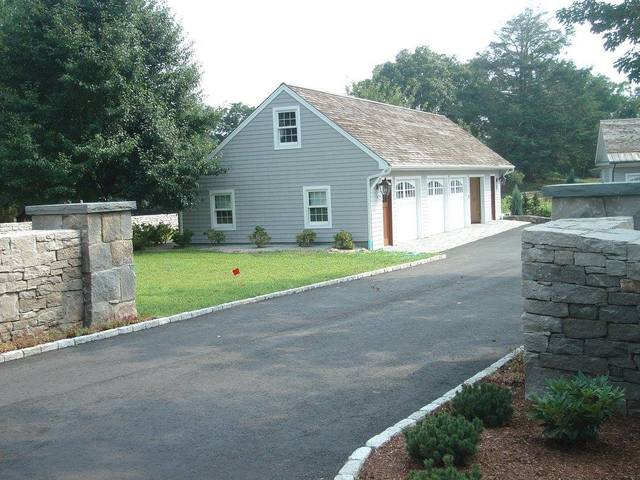It is unclear where the ancient art of carpet weaving started. However, there is no doubt that the art form grew out of necessity. Experts believe weaving started in central Asia. Later, the residents moved west looking for more fertile land. The nomadic tribes got cold during the trip and started weaving goat hair into tents. The process used on the tents is called flatweave. Interestingly, this same technique was used to make floor coverings. The nomadic people named their rugs, kilims. Later, the people added pile to the flatweave to make rugs. The oldest example of a pile rug was found in a nomad’s grave in central Asia. The carpet is thought to date from the 5th century B.C.
People love Oriental, Turkish and Persian carpets. The names of the carpets are all interchangeable. Basically, the name refers to the same type of rug. Antique carpets are very valuable, and owners spare no expense for repairs. Experts perform Antique Rug Restoration in New York City. They use the same techniques that ancient weavers used. Artisans trained in ancient techniques repair various types of rugs. Indeed, they use wool the same age as the carpet. The artists stockpile antique rugs just to have access to different fibers. Master restorers say this is the best way to match the color and texture of the original rug. A restoration can take from two months to a year.
Sometimes, the artisans have to dye wool to match a carpet. They only use natural dyes, handmade from plants and minerals. No factory dyes are used in Antique Rug Restoration in New York City. The repairman always removes dead pile as part of the restoration. Next, the worn area will be re-piled. No repair is too much for these experts. If a carpet has a hole in it, they use wool to reweave the hole. After weeks of work, each carpet is carefully ironed to bring back the original shape. The restorers are able to repair damage from fire, water and insects. Many of these rugs are family heirlooms. Having them restored enables the family to enjoy them for years to come.



